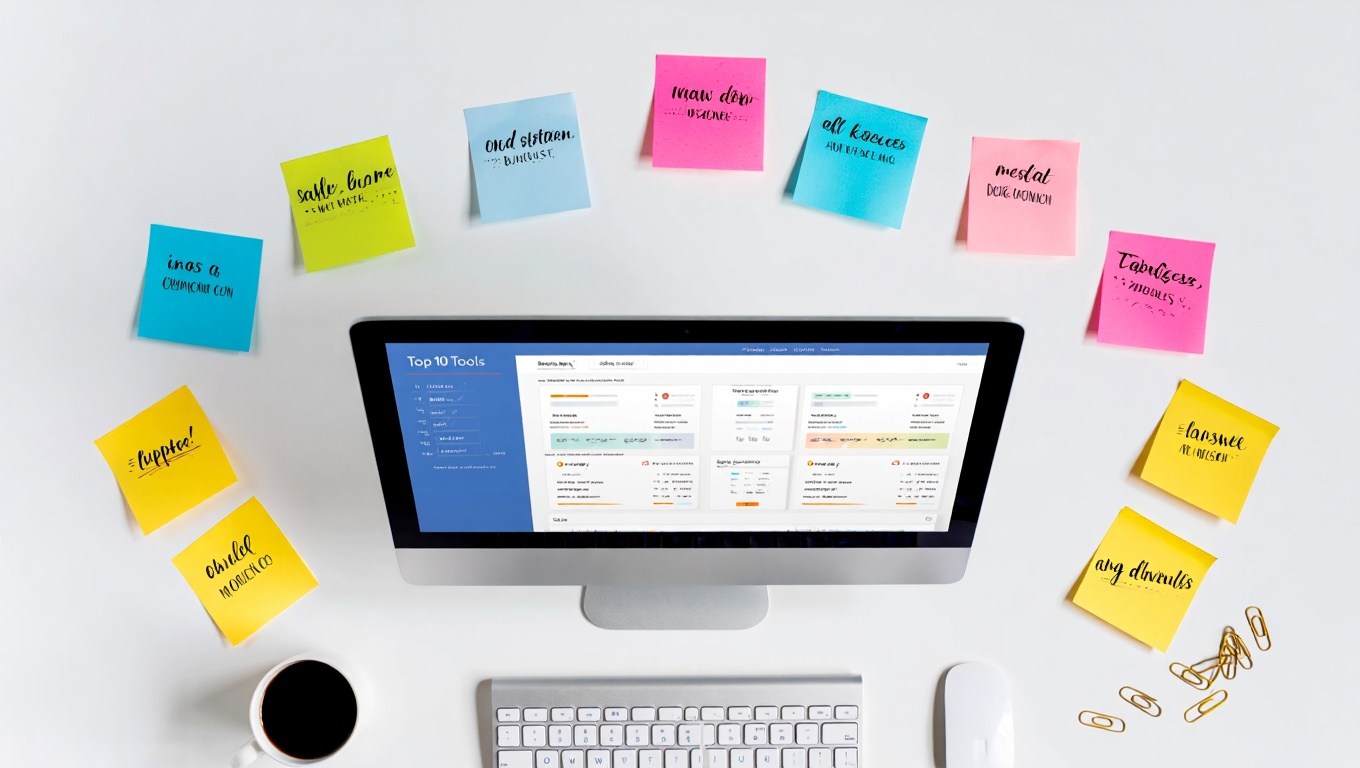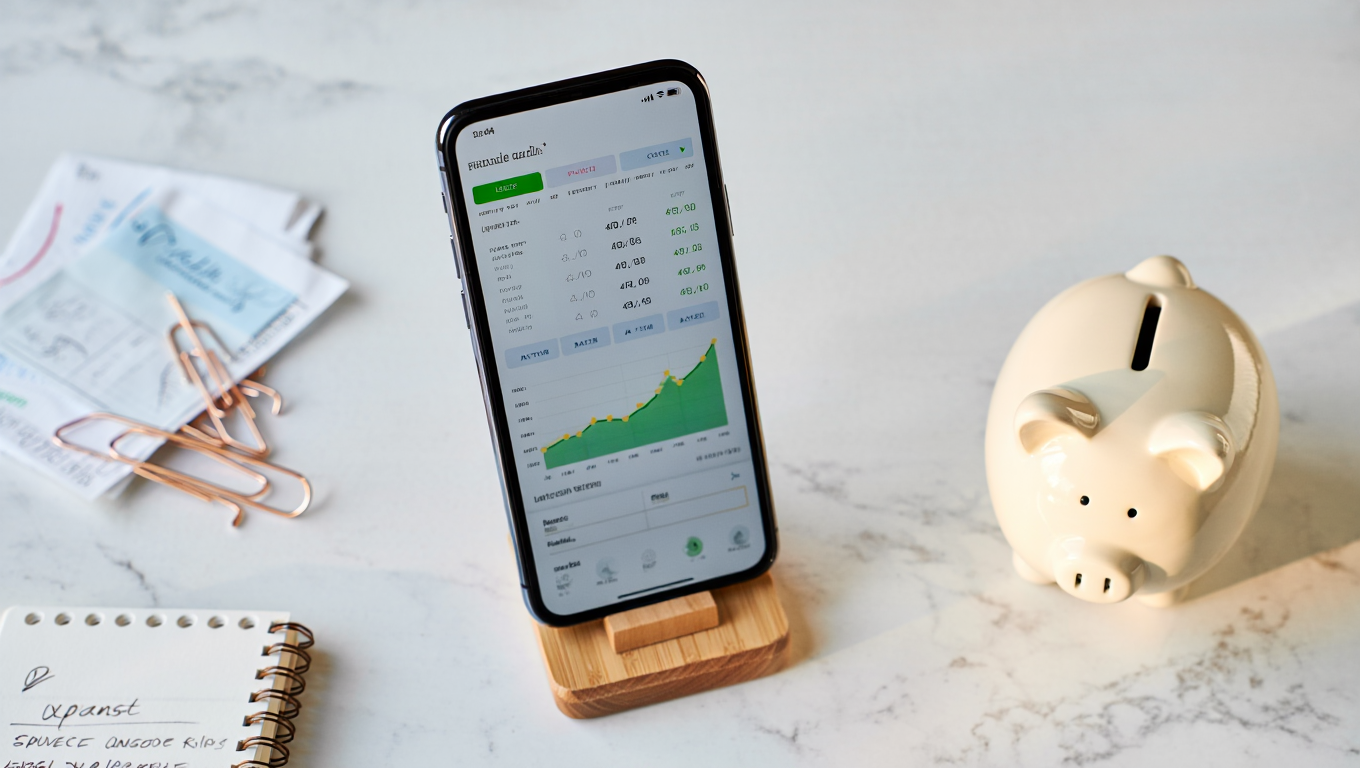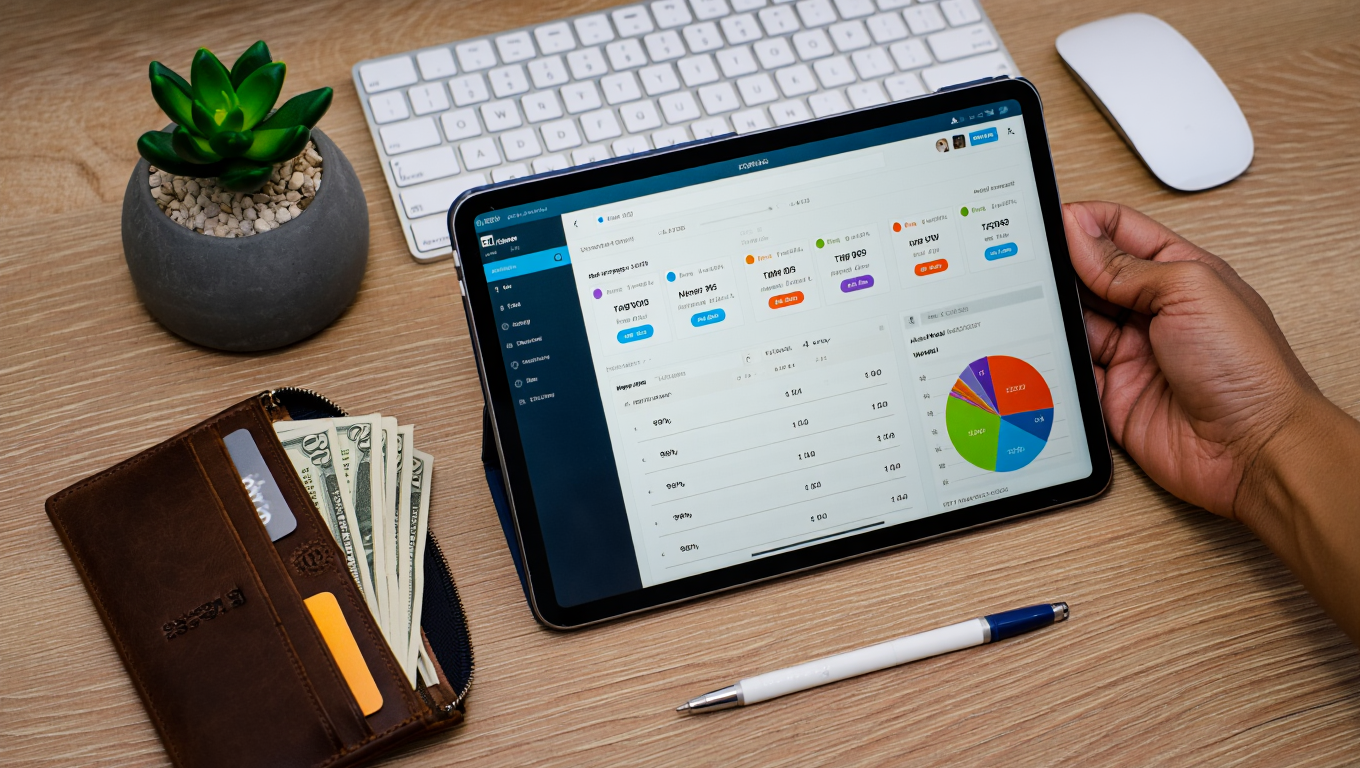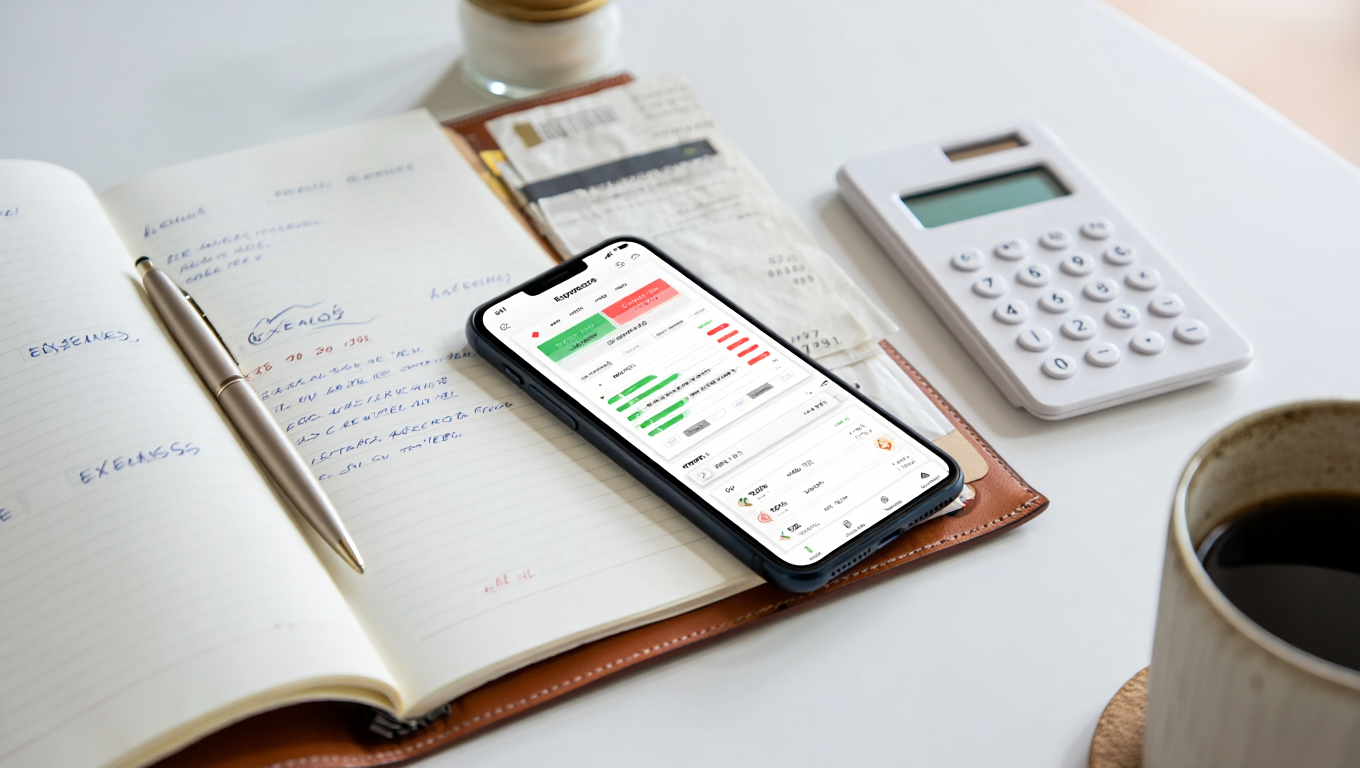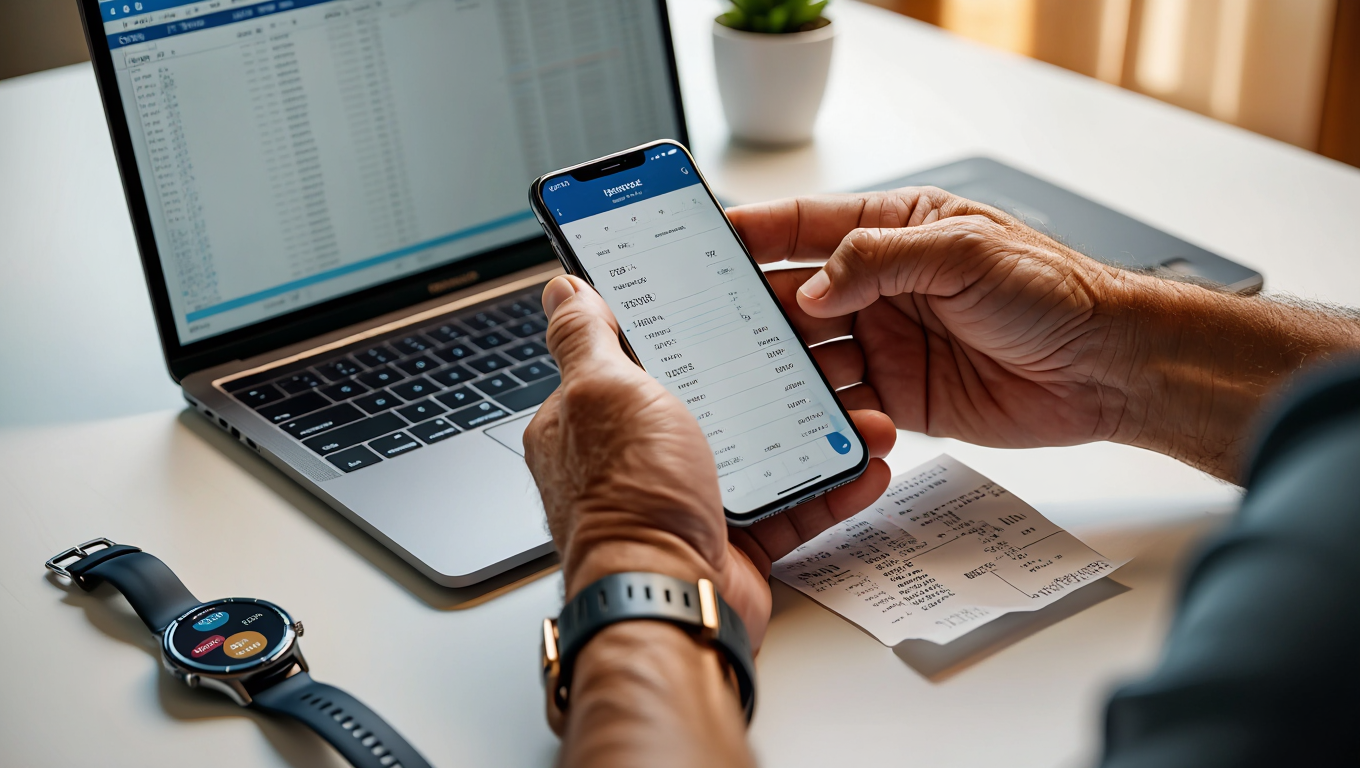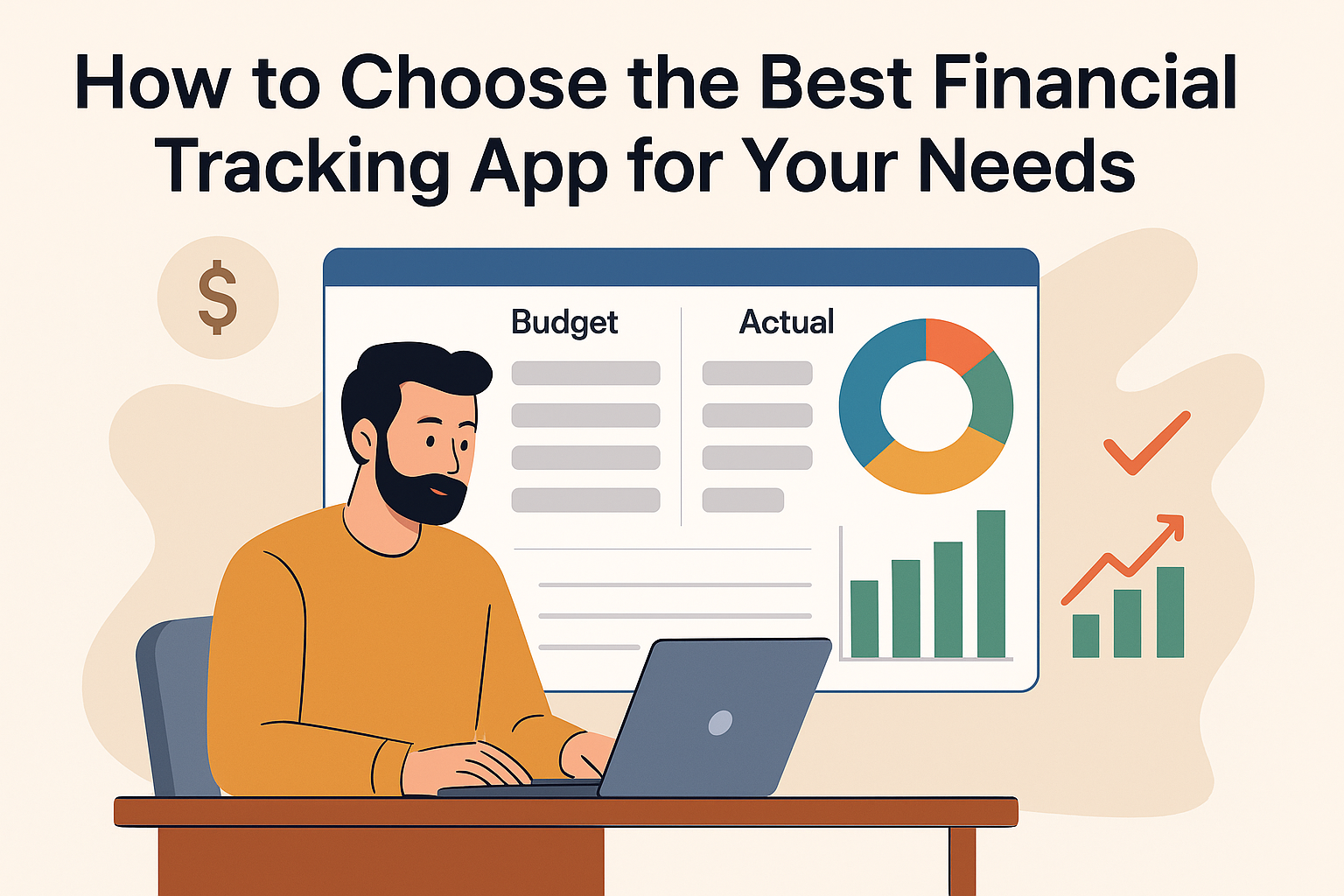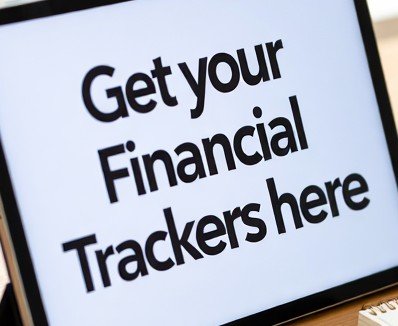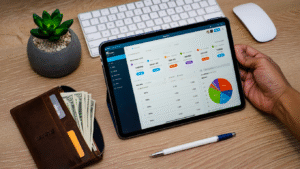
Turn financial habits into lifelong success with these proven strategies.
Managing your finances isn’t a one-time event—it’s an ongoing journey. But staying motivated over the long haul? That’s where many people struggle.
If budgeting feels like a chore or saving feels impossible, you’re not alone. The good news is: motivation isn’t something you’re born with—it’s something you can build.
Here’s a comprehensive guide to staying motivated on your financial journey 🔥.
🎯 1. Set Clear, Personal Financial Goals
Why It Matters:
Generic goals like “save money” or “spend less” aren’t emotionally powerful enough to inspire action. Specific, personal goals give you clarity and purpose.
Action Steps:
- Swap “Save money” with → “Save $5,000 for a Bali trip by next summer”
- Replace “Pay off debt” with → “Pay off $3,000 in credit card debt within 10 months”
Pro Tip:
Attach emotional reasons to your goals. Travel, freedom, peace of mind—these create powerful emotional anchors that boost commitment.
Visual Idea:
Goal-setting chart with “Dreams vs. Amounts” comparison.
📅 2. Break Big Goals into Small, Achievable Wins
Why It Matters:
Large financial goals can feel overwhelming. By breaking them down into mini-milestones, you create more opportunities for wins—and wins build momentum.
How to Do It:
- Saving $10,000? Focus on saving your first $500.
- Cutting expenses? Start by saving $50 this week.
- Paying off debt? Tackle the smallest balance first.
Pro Tip:
Celebrate each small milestone. Every victory, no matter how tiny, builds your confidence.
Visual Idea:
Step-by-step ladder or “Milestone Tracker” for big goals.
🧠 3. Visualize Your Progress Regularly
Why It Matters:
What you see, you believe. Visual tracking creates a tangible connection between your actions and your results.
Tools You Can Use:
- Budgeting spreadsheets with charts
- Mobile apps like Mint or YNAB with visual dashboards
- Printable savings trackers you color in
Pro Tip:
Place your tracker somewhere visible—your fridge, your desk, your phone’s home screen. A constant reminder keeps motivation high.
Visual Idea:
Progress bar graphics or a “Savings Thermometer” you can fill in.
💬 4. Share Your Financial Journey
Why It Matters:
Talking about money goals with others creates accountability, encouragement, and shared motivation.
Where to Connect:
- Join personal finance Facebook groups
- Post updates in finance-focused subreddits
- Follow inspiring creators on TikTok, YouTube, or Instagram
- Find an accountability buddy with similar goals
Pro Tip:
You don’t have to broadcast everything. Even sharing with one trusted friend can make a huge difference.
Visual Idea:
Network map showing different community options for financial support.
🎁 5. Reward Yourself—Wisely
Why It Matters:
Motivation isn’t about self-denial. Building healthy, budget-friendly rewards into your plan can keep the process enjoyable and sustainable.
Reward Ideas:
- Savings goal achieved? Treat yourself to a nice meal.
- Credit card paid off? Book a mini staycation.
- Monthly budget success? Buy a book, a new journal, or a coffee date.
Pro Tip:
Pick rewards that don’t derail your progress. A $30 celebration is smarter than a $300 shopping spree.
Visual Idea:
Reward chart linking small achievements to small treats.
🔁 6. Reflect and Adjust Regularly
Why It Matters:
Consistency beats intensity. Regular check-ins ensure you stay on track and adapt when life throws curveballs.
Reflection Questions:
- What worked this month?
- What challenges did I face?
- What changes can I make next month?
Pro Tip:
Schedule financial reviews like appointments. Even 20 minutes per week makes a big difference over time.
Visual Idea:
Calendar with recurring “Money Review Days” highlighted.
Bonus: Daily Habits to Keep Financial Motivation High 🚀
Want to boost your motivation even further? Add these simple daily practices:
✅ Review your financial goal in the morning.
✅ Track expenses in real-time using apps.
✅ Read one page of a personal finance book daily.
✅ Listen to motivating money podcasts while commuting.
✅ Celebrate small acts of discipline every day.
Visual Idea:
Daily checklist for quick motivation boosters.
Final Thoughts: Stay Connected to Your “Why”
Managing your money isn’t just about numbers—it’s about building a life you love.
Each dollar you save, each debt you pay down, each intentional decision you make moves you closer to freedom, security, and abundance.
Remember:
✨ Specific goals spark action.
✨ Small wins build confidence.
✨ Visual progress drives momentum.
✨ Community fuels commitment.
✨ Reflection refines your strategy.
You’ve got everything you need to succeed. Stay consistent, celebrate progress, and never lose sight of the amazing future you’re creating.
Helpful Tools to Stay Motivated 📈
Need some extra support?
Grab our Financial Tracker Templates and Budgeting Spreadsheets—designed to make saving, paying off debt, and reaching your goals easier and more inspiring than ever.

